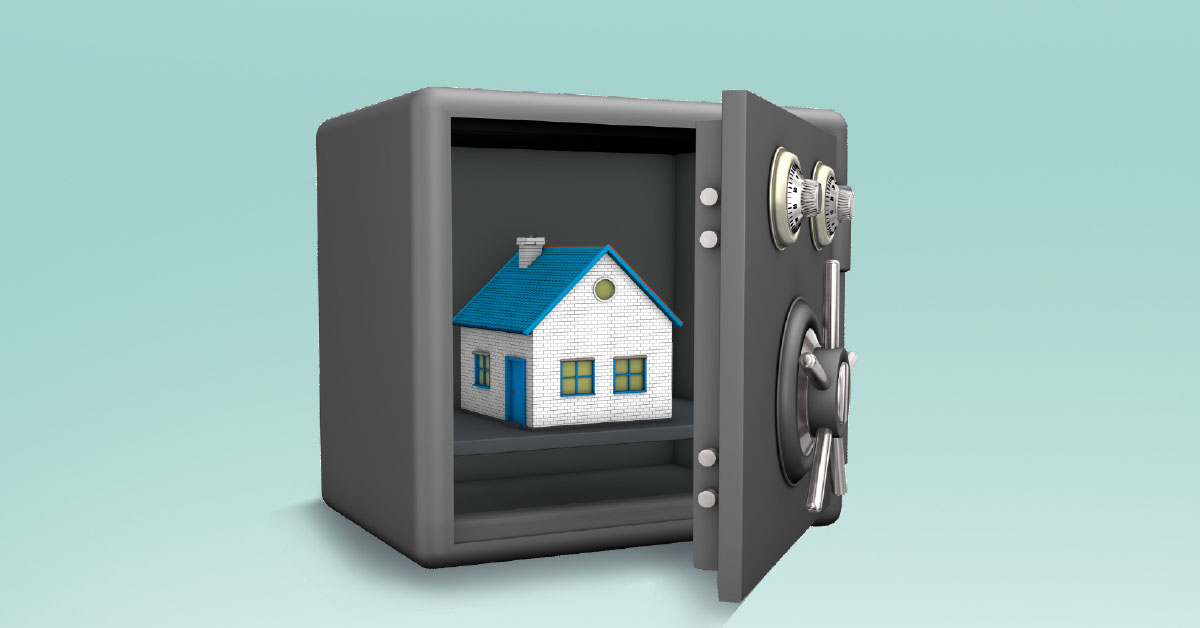Developers and conservationists in Contra Costa County, California, are battling over a voter- and city council-approved project to build 1,500 single-family homes and 150 accessory dwelling units (ADUs). A judge halted the start of the 600-acre development this past spring on the grounds of an inadequate environmental review, but the homebuilder vowed to address what it called “minor technical details” and move forward with construction.
In the wake of Minneapolis ending single-family exclusive zoning in 2020, a nonprofit organization recently launched an initiative to build 125 ADUs throughout the metro area, leveraging a $3 million grant in the process. The homes will be offered to formerly homeless veterans and their families.
If most of your wealth is in your house, you’re going to be very protective of property values.
– Jenny Schuetz, senior fellow, Brookings Metro
In Hawaii, state lawmakers passed a bill in May 2022 that will create and pay for a focus group on affordable-housing issues. A recent analysis found that Hawaii is the most heavily regulated state for homebuilding and has exponentially more requirements for construction of affordable housing than the U.S. average.
What do each of these events have in common? In one way or another, they’re tied to the long-running not-in-my-backyard (NIMBY) movement, commonly involving people who oppose new housing in their local neighborhoods. As the real estate and mortgage industries look to keep business flowing by combating historically low levels of available inventory and housing costs that are growing much faster than wages, they may look to jump on the yes-in-my-backyard (YIMBY) bandwagon.
This past March, the National Housing Conference held its annual Solutions for Housing Communications event in Washington, D.C. One of the panel discussions focused exclusively on the NIMBY versus YIMBY conflict. Moderated by Laura Grannemann of the Rocket Community Fund, the panel also included Matthew Lewis of the nonprofit advocacy group California YIMBY; urban economist Jenny Schuetz of Brookings Metro; and Matthew Taylor, senior planner for the city of Riverside, California.
Schuetz says many factors play a part in the formation of the NIMBY mindset. Regardless of demographics such as age, race and income, oftentimes these attitudes originate from people who’ve lived in the same neighborhood for a long time and are afraid of change.
“There is also a deep reliance on home equity as the primary form of wealth building in this country,” Schuetz says. “We have been encouraged to buy homes, to pay down the mortgage, as a way of building household wealth. If most of your wealth is in your house, you’re going to be very protective of property values, and so changes to your neighborhood that might decrease your property values are a pretty scary thing.”
A recent report from the UCLA Lewis Center for Regional Policy Studies discusses ways to “upzone,” or increase housing density, without severe shocks to land values. A key takeaway is that local governments should look to upzone as broadly as possible to reduce the potential for runaway values and displacement of residents. The report notes that many zoning changes to increase density over the past few decades have only involved specific neighborhoods or even single lots.
California YIMBY’s Matthew Lewis says that zoning reform to increase density is a “core aspect” of his organization’s mission. Affordable-housing advocates frequently struggle to educate the public about the effects of allowing more neighbors on their block.
“You increase land value, but you can reduce the cost per unit,” Lewis says. “You can lower housing costs for people coming in or for people who need lower-cost housing, but you don’t have to destroy the whole housing market to do that.”
In Riverside, California, elected officials charted a course this past October that could increase the city’s housing supply by 20% in the next decade. The decision reportedly met significant opposition, but it was effectively mandated by state law that required Riverside to plan for a minimum of 18,458 new homes by 2029. About one-quarter of these homes are to be priced for very low-income households. Riverside is at the center of one of the nation’s fastest-growing metro areas and has been adding about 40,000 new residents each decade since the 1960s.
“The state Legislature has started to act to make it more difficult for local jurisdictions to say yes or no on a case-by-case, kind of individually negotiated basis,” says Taylor, the city’s senior planner. “It’s a bad way to do development because it frankly drives up the cost of an individual development … and then you see situations where the only bets that the development community is willing to take are on the surer shots.”
These battles are being waged elsewhere. In Utah, there is a push to allow more “middle housing” that bridges the gap between single-family homes and large apartment complexes. In another example of NIMBYism, one-third of Utah residents who participated in a recent survey agreed with the statement that “I am more comfortable with development in other nearby cities or towns but not in my own community.” Additionally, Schuetz points to a so-called “shot clock” law that Texas implemented in 2019 to require local governments to act on development applications within 30 days, and a 2021 Massachusetts law that calls for cities to build more apartments near transit stations.
“There are so many arguments on every side (of the pro-housing movement) and I think it’s great that communities are finding the argument that resonates for them,” Schuetz says. ●








